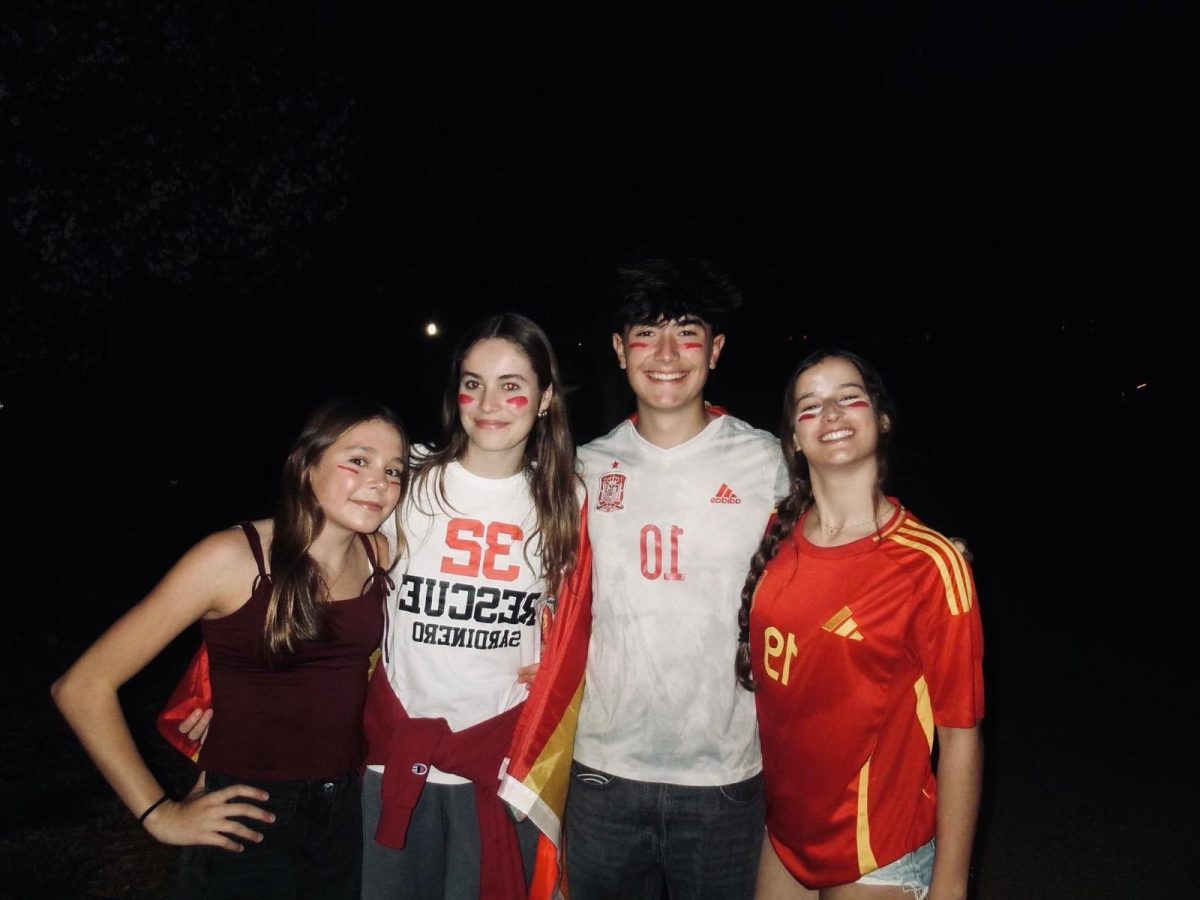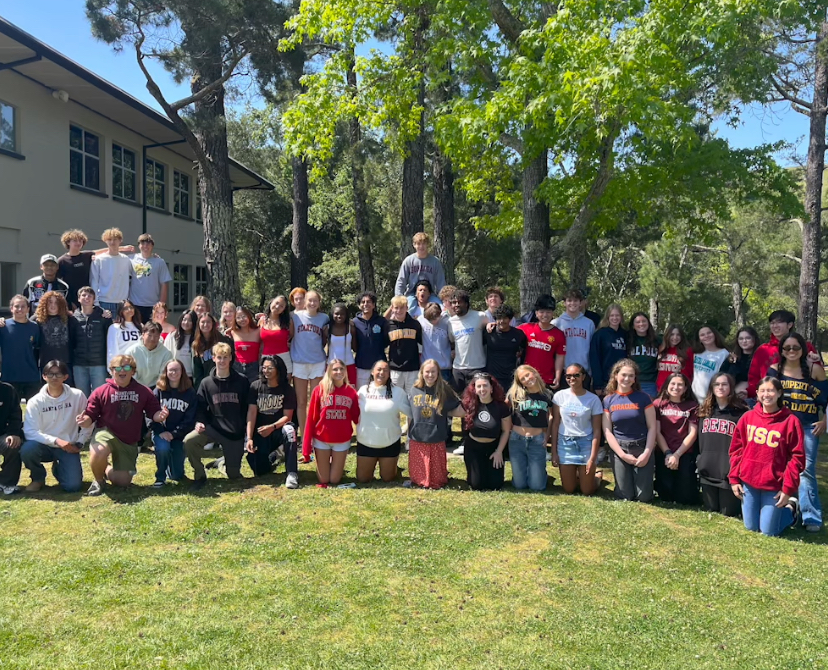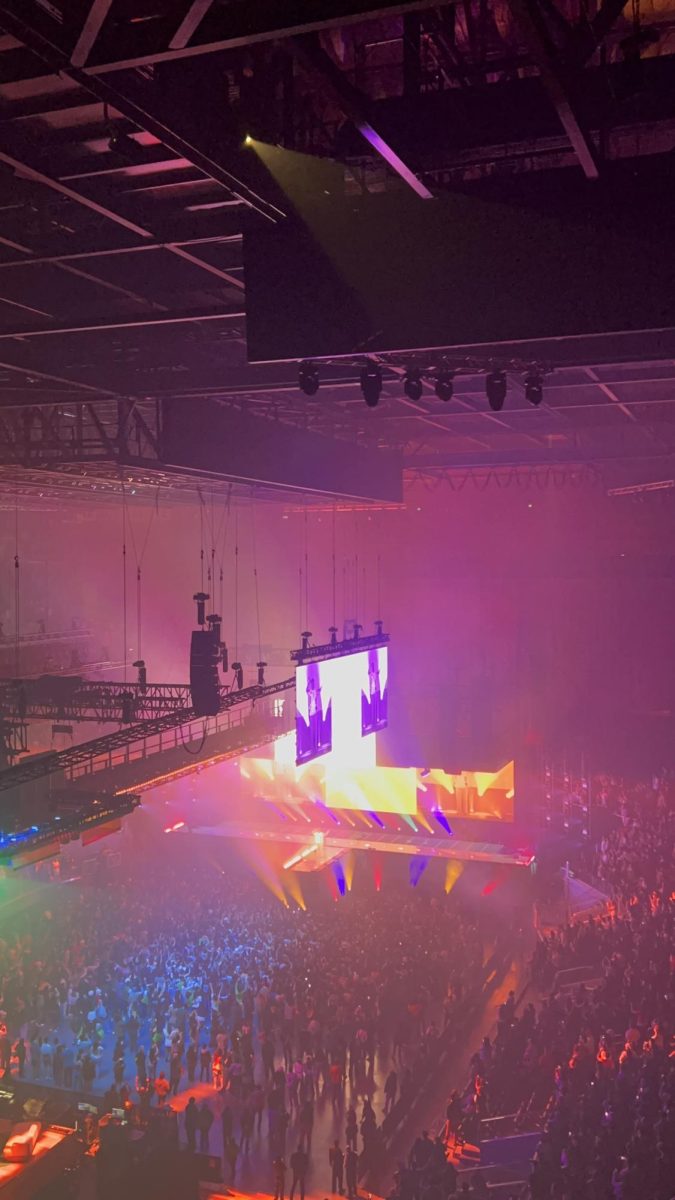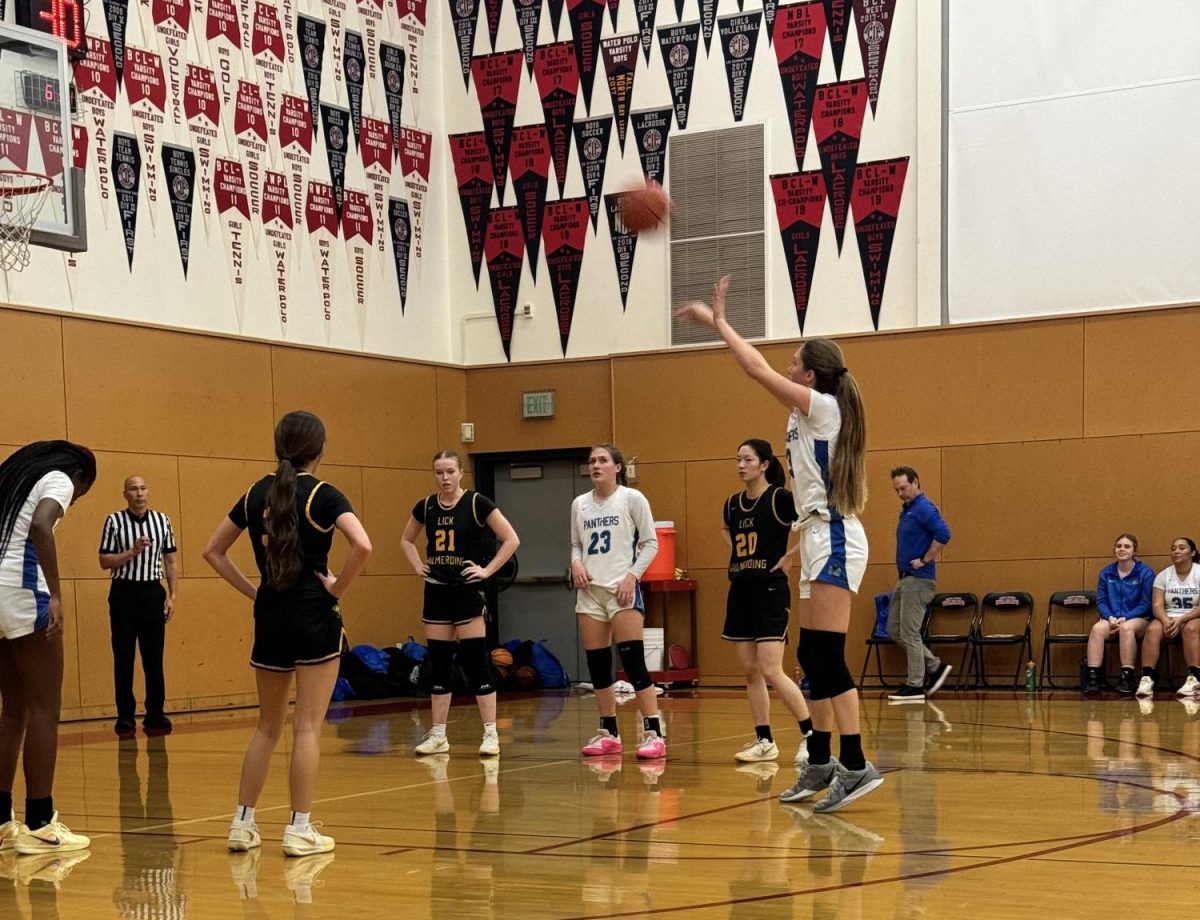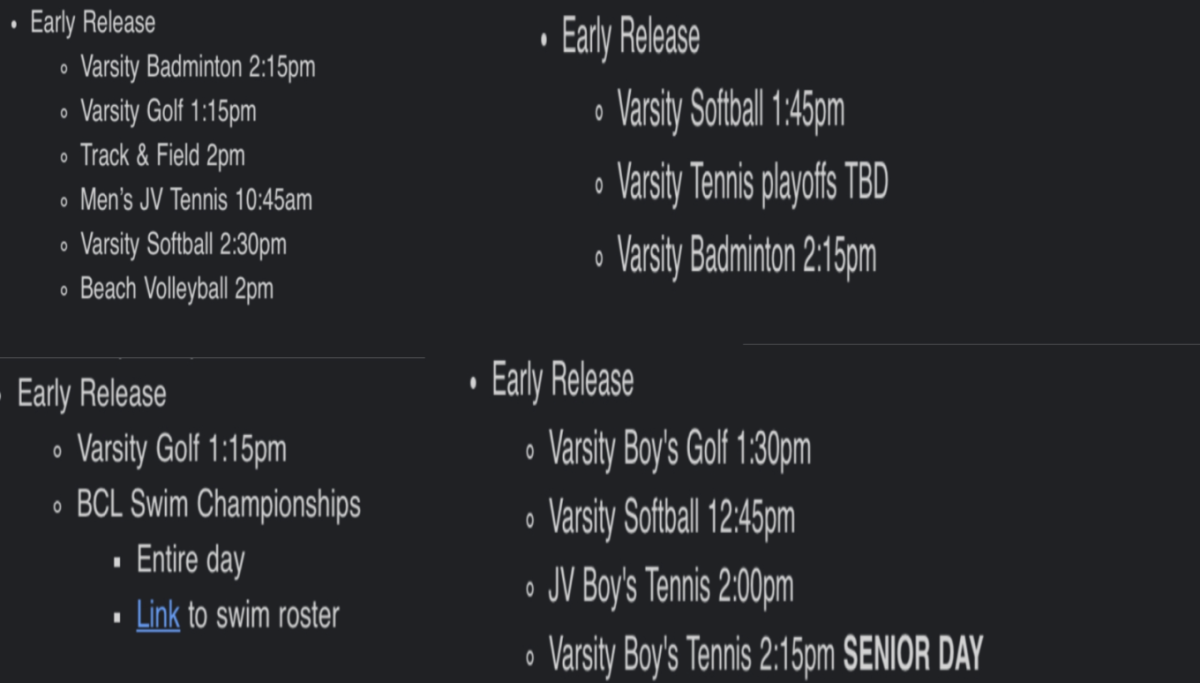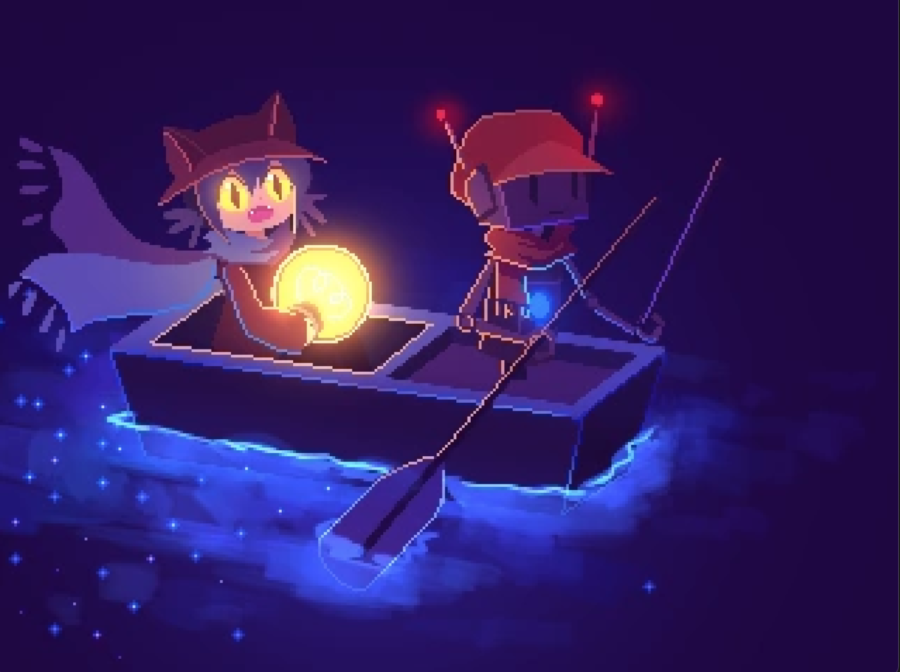OneShot: puzzle adventure game and metafictional masterpiece
The fourth wall only obstructs the view
May 26, 2023
Game developer FutureCat’s OneShot (2017) is a lesson in the unique advantages of video games as an artistic and entertainment medium. OneShot is a puzzle-adventure game; those seeking a high-octane, reaction-driven experience are better served looking elsewhere. But if you are the type to indulge in story-driven experiences such as Mortis Ghost’s Off or Toby Fox’s Undertale and Deltarune, you’re in the right place.
OneShot takes the interactivity inherent in games to its logical conclusion, by making the player themselves a character in the story. But you’re not the only unusual actor in the story; The game itself is conscious, self-aware, and uses computers and pop-ups to address you directly.
The first leg of the game is filled with revelations about OneShot’s world and your place in it.
You are not the avatar you’re controlling. That would be Niko, an 8-year-old kid who just kind of woke up in this world, and has no clue what’s going on and why a computer is talking about them as if they weren’t there. The game personified claims that the world isn’t worth saving, and your only mission is to help Niko leave and return home.
And most importantly…
You only have one shot, reader.
The art direction soon makes obvious why the world doesn’t see itself as worth saving. The pixelated landscape is hauntingly beautiful but clearly decaying. The sun disappeared years ago, and life only clings on thanks to the glowing phosphors that are colored like the RGB pixels of a monitor. The land is riddled with black squares —holes in reality that only seem to be spreading.
Luckily, the game isn’t just a depressing romp through a dying world. Niko finds a lightbulb that can apparently serve as a replacement sun. It won’t fix everything overnight, but if you get it the right place, it can hopefully give the world and all the characters inhabiting it a fighting chance.
The decaying world provides plenty of obstacles to overcome; it isn’t a straight shot, though. Traveling through the Refuge, Glenn, and Barrens, you and Niko become friends and set your sights on a towering black spire where you can hopefully reinstall the sun, save the world and send Niko home in one fell swoop.
Oneshot’s challenges are likely to be relatively easy for puzzle-game aficionados, but they still require a sharp attention to detail. Some puzzles even have clues hidden outside of the game window, requiring some out-of-the-box thinking.
However, their greatest strength lies in how every puzzle feels like a natural extension of the story. They don’t serve as arbitrary roadblocks to forestall the player’s progress, instead they are a tool for narrative progress that keeps the player engaged and provides plenty of “Eureka!” moments.
This narrative focus is a common refrain in the game’s design. The simple controls, the approachable puzzles, the breathtaking pixel art —they all exist to keep focus on the rich characters and enthralling story.
The game doesn’t pretend to be what it’s not, but manages to keep immersion even after destroying the fourth wall. OneShot uses its self-acknowledged fictional status to its advantage, asking us not to interact with it through a blank-slate protagonist, but as our real-life selves.
OneShot is not the first game to recognize the unique interactive potential of addressing the player directly –nor will it be the last– but it is a paragon of metafictional media. OneShot is a story first and a traditional, skill-based video game second —but it is a master at what it does. The game won’t give you the thrill of achievement that so many gamers seek, but it’ll make you laugh, cry and wish you could play it again for the first time all the same.

